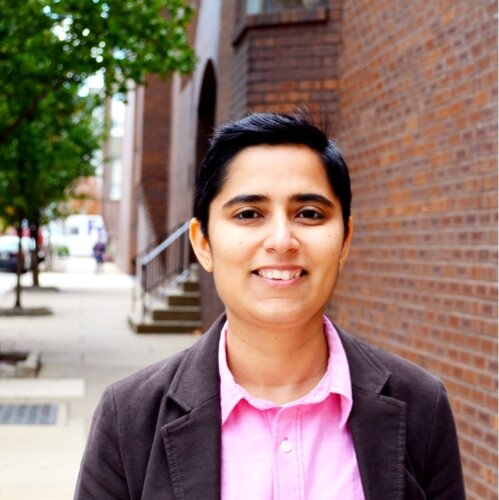 This morning, I am looking forward to a conversation with colleagues from the Indiana Writing Project about the ways that I use blogging and Twitter as a writer during their Advanced Institute: Get Your Write On! My colleague Susanna Benko will be getting the conversation started, and then I will be joining in to answer some questions that they have prepared for me.
This morning, I am looking forward to a conversation with colleagues from the Indiana Writing Project about the ways that I use blogging and Twitter as a writer during their Advanced Institute: Get Your Write On! My colleague Susanna Benko will be getting the conversation started, and then I will be joining in to answer some questions that they have prepared for me.
Since I am sure that the time will go fast, I’ve prepared a few opening remarks here on my blog for them to read ahead of time. Then, we can use our time together for more of a Q/A.
How do you see yourself as a writer who uses digital spaces – like blogs and Twitter –as a way to reach others? What do you most often write about? Who do you see as your audience(s)?
One of the beliefs that I hold as a writer in any space, and especially in digital spaces, is that I want to contribute to the conversation. How can I add value to what other people are saying? How can my new ideas, reflections on old ideas, and notes that I scribe from other presentations offer something to other educators? If I am not contributing to the conversation in a productive, professional way, then I need to question why I am writing at all here on my blog, with Twitter, with my wiki, or any other digital forum.
As the title of my blog suggests, I most often write about ideas related to teaching writing in this digital age. I do not do personal blogging, and I reserve Facebook for any family photos or political opinions. So, my topics are mostly educational and, somewhat benign. I want to blog more about educational policy and politics, though I haven’t brought myself to do so yet. Here, I stick with topics related to writing, literacy more broadly, and educational technology.
My audiences vary, and are worldwide. Sadly, lots are spambots! However, I do know that I reach other educators because, most importantly, I hear back from them. They put comments on my blog at @reply me on Twitter. Again, I try to add to the conversation. I rarely check stats, but I know that I get many enough on my blog from Google and other search engines to know that it really is a person seeing my work.
What challenges do you see for teacher-writers who want to use digital spaces as writers more often, and how do you suggest teachers navigate those challenges?
This is a timely and useful question. And I have both a philosophical and technical answer. In terms of the philosophy, as we find ourselves in an increasingly hostile political climate, we as teacher-writers need to offer insightful visions into our classrooms that the media, policymakers, and the public may not see. While there are a number of overtly political blogs and bloggers, you do not have to take that stance as a teacher-writer. In the process of writing about your own experiences, you are taking a stance that shows how important the work of teaching is.
In terms of the technical challenges, the barriers to entry on blogging and social networking, at least initially, are really low (as you are likely figuring out today). Once you are part of the edublogosphere, then the technical hurdle is getting noticed (that is, having others find your blog or tweets, read them, and reply). There are some technical (and rhetorical) moves that can help with that such as linking to other blogs, using @replies and hashtags, and becoming active in regular Twitter chats.
What other advice might you give writers who are wanting to blog or use Twitter –especially novice users of either medium?
This sounds so cliche, I know, but just jump in, as you are today. You have to start somewhere, so just get started. Dip your toes in the stream of ideas, and you will soon be swimming. For some more specific advice, I would encourage you to:
- Learn about RSS and begin using a tool like Feedly or Flipboard
- After you sign up for Twitter, begin to use a social media management tool like Tweetdeck or Hootsuite
- Take the advice of estblished edubloggers, of which there are too many to name here in the time I have…
- Contribute and add value to the conversation!
My hope is that these responses get the conversation moving along, and I look forward to hearing more thoughts on this from my IWP colleagues later this morning.

This work is licensed under a Creative Commons Attribution-NonCommercial-ShareAlike 4.0 International License.







